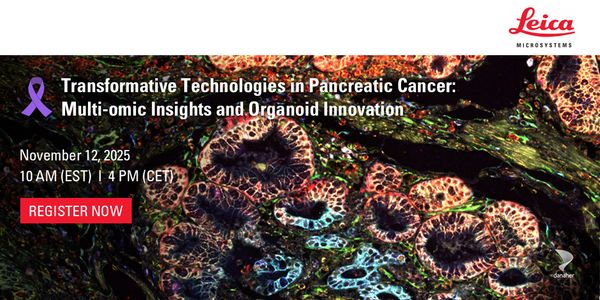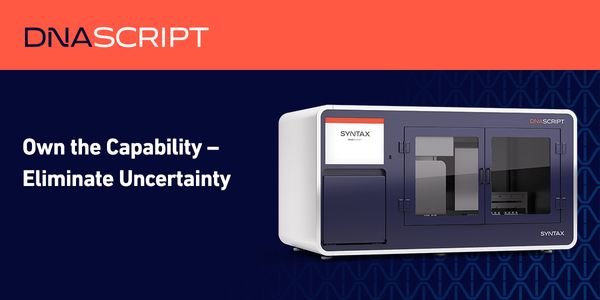Chief Medical Officer, BIND Therapeutics
BIOGRAPHY
Speaker
Abstract
Nanotechnology, the engineering and manufacture of materials at the atomic and molecular scale, is used at BIND Therapeutics to develop novel Accurin™ nanomedicines that utilize cytotoxic agents or molecularly targeted agents. This is made possible by entrapping the agent in a nanoparticle to harness its powerful efficacy and control the pharmacokinetics (PK), biodistribution and potentially increase cellular uptake to enhance efficacy and/or safety. Nanomedicines are designed to potentially deliver such drugs to tumor sites either by a passive or an active targeting mechanism or, in the case of Accurins, a combination of both. Many tumors have leaky vasculature. Accurins, which are typically less than 100 nm, are able to escape through the leaky vasculature and accumulate in the tumor tissue; this is known as passive targeting via the enhanced permeation and retention (EPR) effect. Active targeting refers to specific interactions between targeting ligands that are attached to the surface of Accurins and markers associated with the tumor cell or other tumor-associated cells, potentially resulting in enhanced accumulation or retention of particles at the tumor site or increased uptake of particles by cells expressing the target receptor. In addition, Accurins are designed to further increase the concentration of payloads by encapsulating the cytotoxic agent in a polyethylene glycol (PEG) coating that allow it to avoid uptake by immune cells. The PEG coating allows the nanoparticles to circulate for long time periods, with a controlled release of the payload, so that when the particles accumulate at the target tissue, the majority of the therapeutic payload can be released at the disease site and not in healthy tissue.
You May Also Like
NOV 13, 2025 | 11:00 AM
What happens when pharma and flow cores face the same challenge — doing more with less? Join Ryan Duggan (AbbVie) and David Leclerc (President, GLIIFCA) for a balanced discussion on h...
November 13, 2025 12:00 PM (PT), 3:00 PM (ET), 8:00 PM (CET)
When it comes to Western blotting (WB), there is a wide range of different detection methods, reagents, and imaging systems used within scientific communities. But what approach can help ens...
Diabetes affects 589 million adults aged 20 – 79 years globally1. In honor of International Diabetes Day, join us for global webinar featuring a dynamic conversation about the role dia...
NOV 18, 2025 | 8:00 AM
In today’s fast-paced and competitive biotechnology landscape, control and speed define success for companies and core labs producing synthetic genes. Yet many gene synthesis teams sti...
Loading Comments...






